Cross-Curricular School Trips To Beijing & Xian
From Tiananmen Square to staring Terracotta warriors in the face. You and your students will love every minute of making memories in Beijing and Xian, China!
Highlights
The magnificent Forbidden City palace complex
The cultural landmark of Tiananmen Square
The ancient majesty of the Great Wall of China
The mighty, unearthed army of Terracotta Warriors
Norwich SchoolWe recently had the pleasure of working with Travelbound to organise our school trip to China and the experience was nothing short of exceptional. From the initial planning stages to the final day of the trip, their team demonstrated professionalism, responsiveness and a genuine passion for providing meaningful travel experiences. We wholeheartedly recommend Travelbound for any school or educational group considering a trip to China. They exceeded our expectations and helped create an unforgettable experience for our students.
Suggested itinerary
What's included*
*Visa costs not included in price
Recommended excursions
It was here on October 1st 1949 that Chairman Mao Tse-Tung announced the founding of the People’s Republic of China to the world. Built during the Ming Dynasty the square is named after Tiananmen Gate, which lies to the north. It’s the third largest of its kind in the world and a significant cultural landmark with the People’s Heroes monument in the centre.
This palace lies at the heart of Beijing and was the home of the emperors for over 500 years. Completed in 1420, it is the biggest palace complex in the world covering 74 hectares. Surrounded by a 52m-wide moat, it’s an adventure to explore the labyrinth of rooms, halls and gardens with magnificent decoration and rare curiosities throughout.
Situated just outside Beijing, the Summer Palace is the grandest and most well preserved park in China. Construction began in 1750 on these luxury gardens for the royal family, and gradually they have been developed into the magnificent expanse of lawns, streams, bridges, secret gardens and pavilions scattered across the shores of the Kunming Lake.
Considered to be one of the wonders of the world, the Great Wall today was built in Ming Dynasty and is over 6,000 km long. An amazing feat of defensive architecture, intended to protect the Chinese Empire from invaders, it winds a path over rugged country and steep mountains. Sections within easy reach of Beijing have been restored so that visitors can walk on the wall and see the watch towers.
Once used by emperors in the heaven worship ceremony, the temple park in Beijing is now one of the grandest examples of China’s sacrificial buildings. First built in 1420, the temple has been enlarged and rebuilt by both the Ming and Qing dynasties. At the heart of the Temple is the Hall of Prayer for good harvest, where the Emperor requested good harvests in his divine capacity as the son of heaven.
Xian is one of the oldest cities in China and was the starting point of the famous Silk Road. The city walls are flanked by a deep moat and are the largest example of ancient military defences in the world. Our tour takes in the Big Wild Goose Pagoda in the south, and the Hui Muslim Quarter in the north where students get a sense of Xian’s cosmopolitan vibe.
Visit this marvellous exhibition of treasures from an archaeological dig that began in 1974 near the tomb of Emperor Qin Shi Huang. During his reign (246-221BC) an army of nearly 7,000 warriors was made and then buried in pits to guard the emperor in the afterlife.
Tip: Each statue has individually carved features and represents the ancient imperial guard uniform.
Chinese painting is one of the oldest continuous artistic traditions in the world. The materials used, brush and ink on paper and silk, have determined its character and development over thousands of years. Derived from calligraphy, it is essentially a linear art, employing brushwork to evoke images and feelings. Chinese painting focuses on total concentration in the act of the very moment, and harmony between man and nature. Chinese paintings do not attempt to capture the actual physical appearance of a subject, but rather its essential nature or character. Learn from a local art master during a painting lesson and create your own piece of artwork! Available in Xian.
Chinese paper cutting uses scissors or knives to cut paper for decoration or other folk activities. Chinese paper cutting was enlisted into the first group of National Intangible Cultural Heritage in 2006 and UNESCO Intangible Cultural Heritage in 2009. Make your own piece of work during a paper-cutting lesson. Available in Xian.
The Legend of Kung Fu tells the story of how the famous martial art originated, with a young monk on the path to enlightenment and the trials he encounters on the way. Fusing modern dance with traditional Chinese arts, it has an important message told through spectacular performances of Kung Fu and acrobatics, making it easy to follow the plot.
Kung Fu is an ancient shaolin martial art and one of China’s greatest cultural exports. Students really enjoy this activity because it blends an exciting new skill with a history of the famous practice. All the instructors are highly trained and tailor the lesson to all ages and abilities, ensuring everyone can get the most out of the class.
China’s national opera is a performance art incorporating singing, reciting, acting and martial arts. The music plays a key role in setting the show’s pace, creating a particular atmosphere, shaping the characters and guiding the progress of the stories. Performance is characterized by a formulaic and symbolic style with actors and actresses following established choreography. Traditionally stage settings and props are minimal, costumes are flamboyant and face make-up exaggerated. This lesson will give students a better appreciation of Peking opera and a deeper understanding of Chinese culture.
Acrobatic art is a traditional Chinese performing art rooted in Chinese culture and dating back to 475-221BC. The ancient acrobatics reflected the lives of the Chinese people and today, all provinces of China have their own acrobatic troupes. Acts such as group gymnastics, meteor juggling and tight rope feats make for a spectacular show for the students.
Located at the northern foot of Mount Lishan, Huaqing Pool is famous for its beautiful spring landscape and rich history rooted in the Tang Dynasty. The network of plunge and bathing pools with ancient ruins is an exciting way to learn about Chinese spa history.
Tip: The water of the Guifei Pool is known to be mineral rich and has a therapeutic effect on the skin.
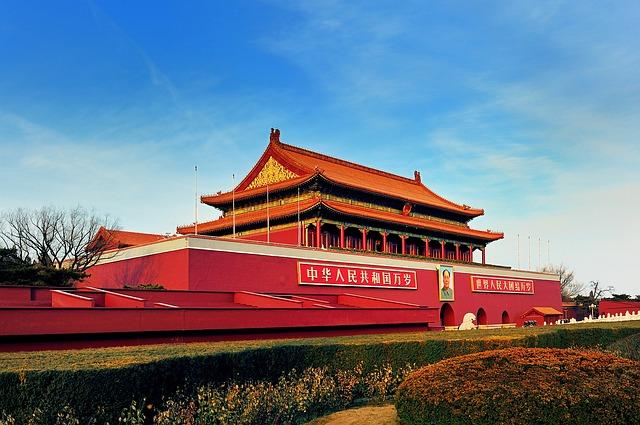

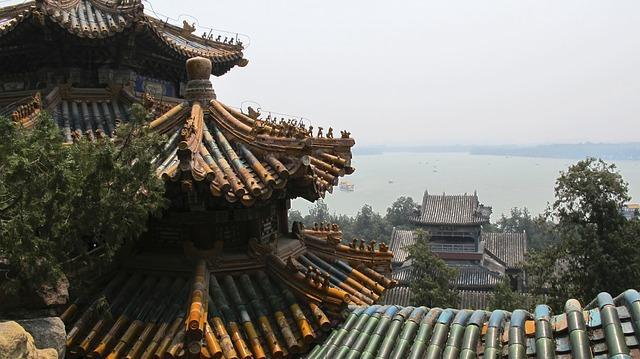
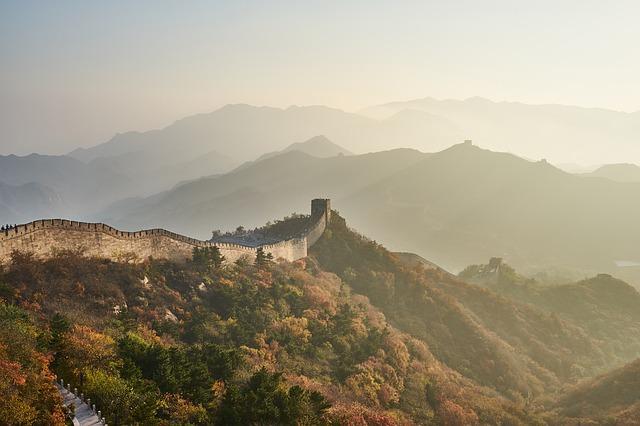
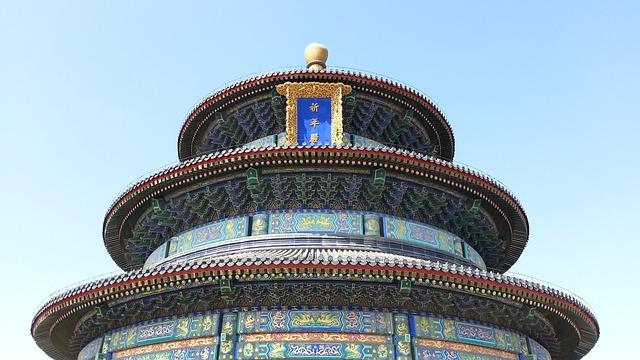
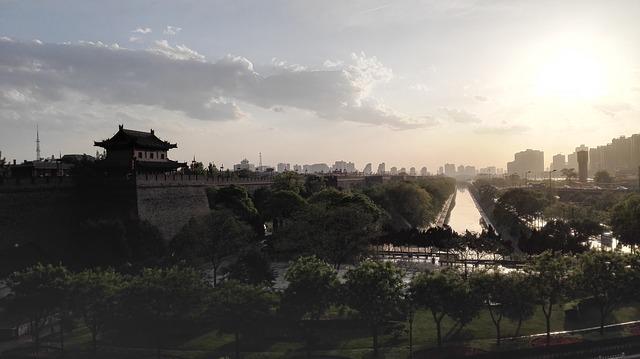
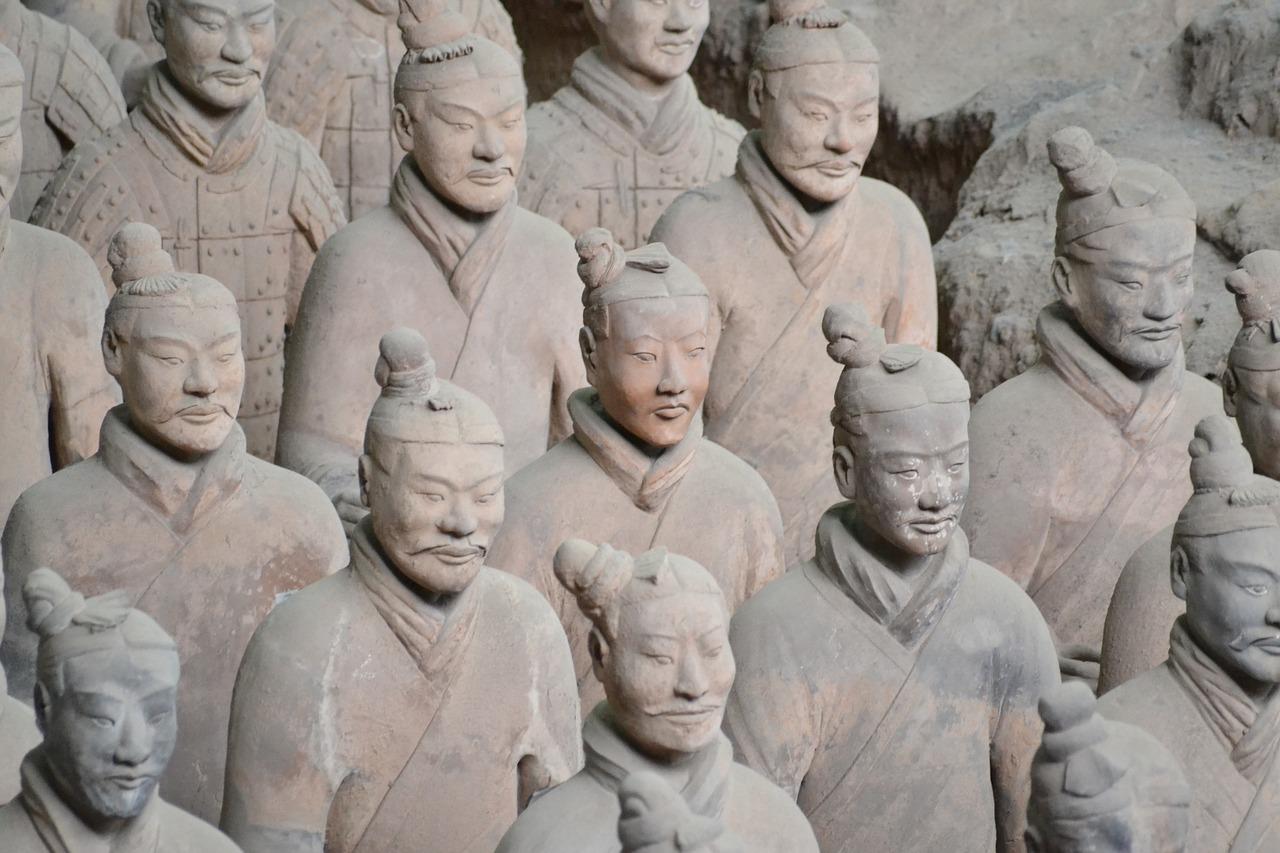
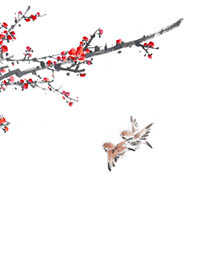

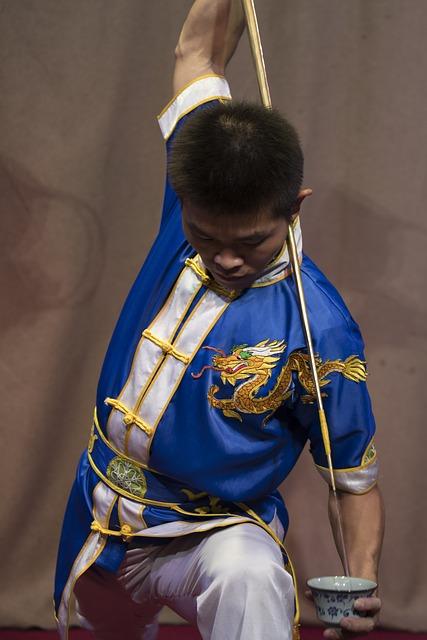
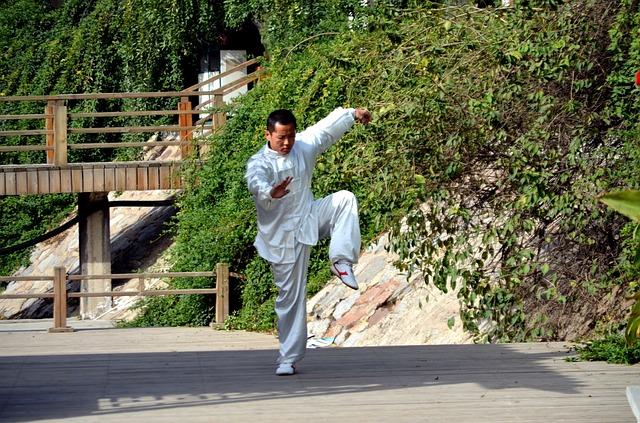
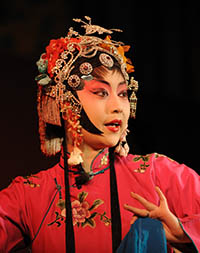
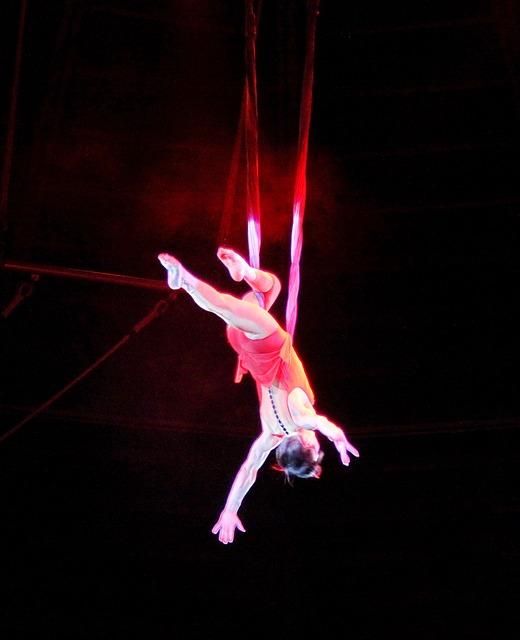
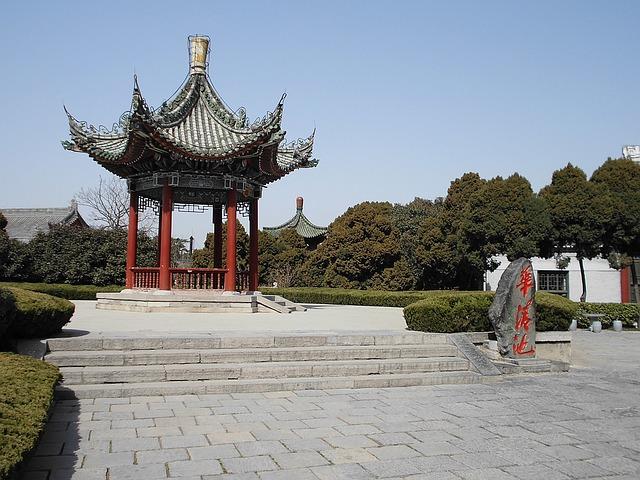
Typical accommodation
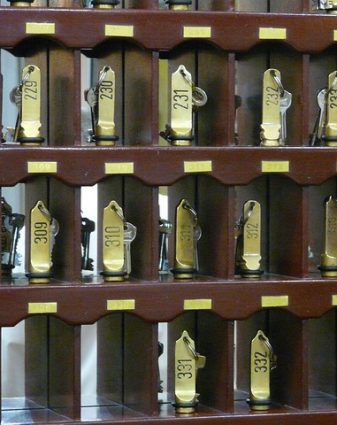
Why groups like it:
Facilities:
Learning outcomes
Subject focus
Students can:
- Experience learning outside the classroom in another country – the culture, history, politics, geography and art
- Gain a deeper understanding of Chinese history and politics
- Develop an understanding of China’s economic and political role in the modern world
- Build confidence and learn to value the skills and techniques needed for personal and team success
- Broaden the mind through the study of another culture
- Discover, explore and have fun with fellow students and teachers
Student outcomes
Students will have an opportunity to:
- Visit a foreign country and experience another culture
- Consider a range of issues around citizenship and history
- Gain a better understanding of China’s role in the modern world
- Gain independence and self-confidence
- Strengthen existing friendships and make new friends
- Understand personal organisation, co-operation and working with others in a variety of environments



